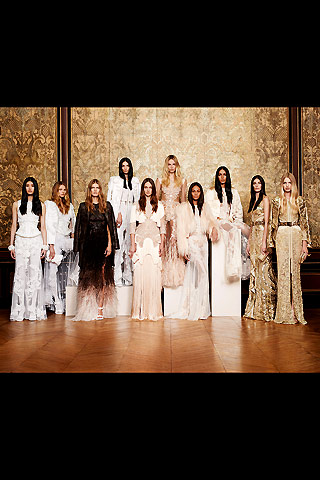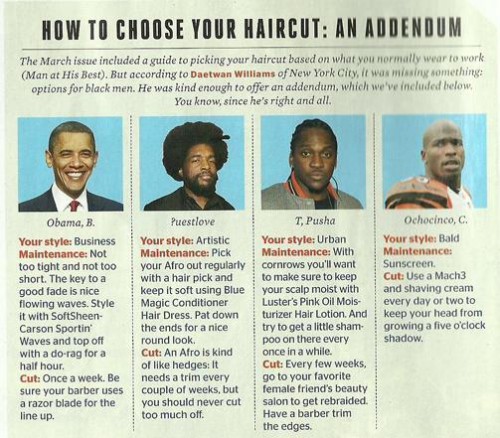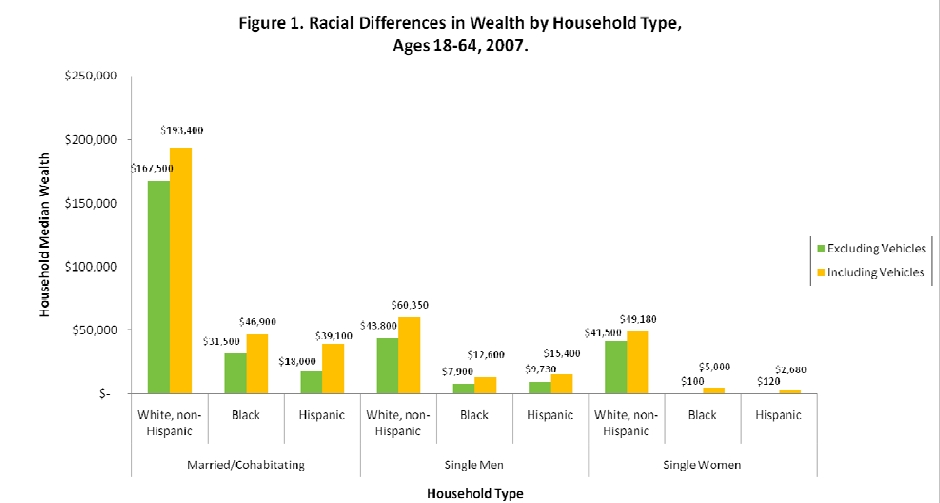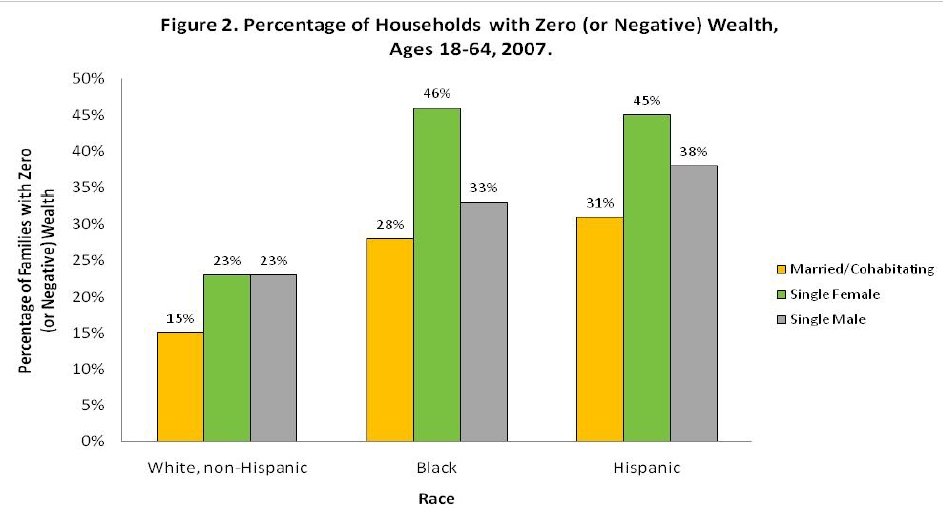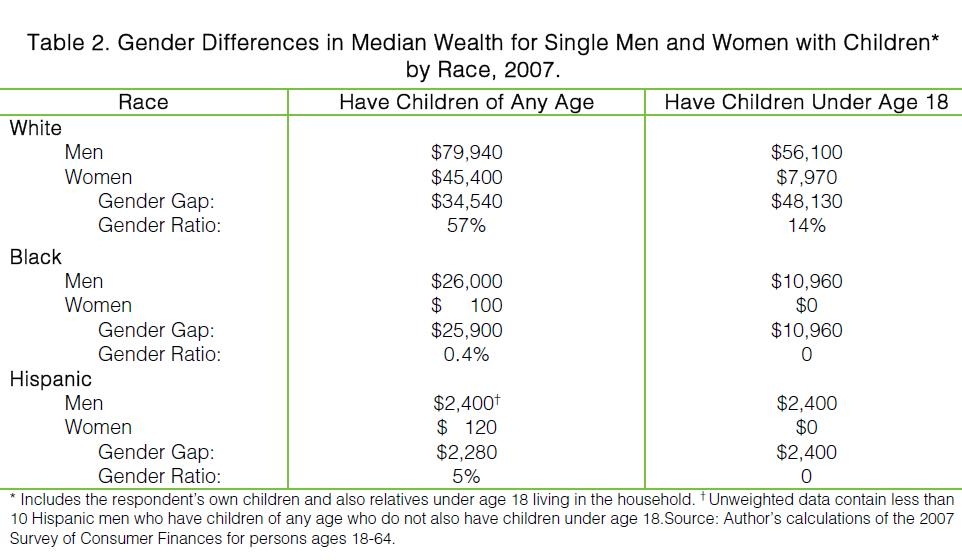Jessica F. and Dmitriy T.M. alerted us to a really interesting photo project by Duncan McNicholl, a member of Engineers Without Borders Canada. Frustrated with the portrayals of “poor Africans” he saw at home in Canada, he decided to take pictures of his acquaintances in Malawi “dressed to kill” and “dressed very poorly.” He explains his motivation:
We’ve all seen it: the photo of a teary-eyed African child, dressed in rags, smothered in flies, with a look of desperation that the caption all too readily points out. Some organization has made a poster that tells you about the realities of poverty, what they are doing about it, and how your donation will change things.
I reacted very strongly to these kinds of photos when I returned from Africa in 2008. I compared these photos to my own memories of Malawian friends and felt lied to. How had these photos failed so spectacularly to capture the intelligence, the laughter, the resilience, and the capabilities of so many incredible people?
The truth is that the development sector, just like any other business, needs revenue to survive. Too frequently, this quest for funding uses these kind of dehumanizing images to draw pity, charity, and eventually donations from a largely unsuspecting public…
This is not to say that people do not struggle, far from it, but the photos I was seeing only told part of the story… [To contribute to correcting this,] I am taking two photos of the same person; one photo with the typical symbols of poverty (dejected look, ripped clothes, etc.), and another of this person looking their very finest, to show how an image can be carefully constructed to present the same person in very different ways.
McNicholl asked his acquaintances to participate and to choose their own clothes and pose as they like. Here are two examples of the result:
Lisa Wade, PhD is an Associate Professor at Tulane University. She is the author of American Hookup, a book about college sexual culture; a textbook about gender; and a forthcoming introductory text: Terrible Magnificent Sociology. You can follow her on Twitter and Instagram.



